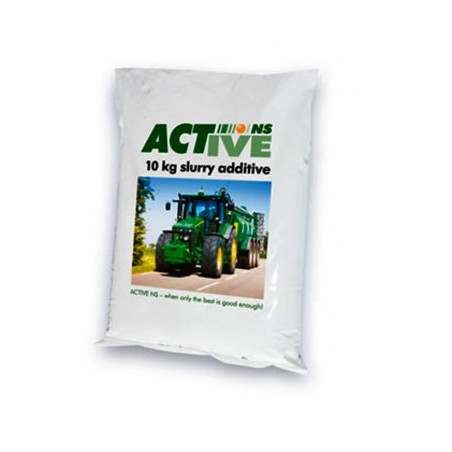The effectiveness of the nutritional strategies to modulate gas production from slurry is based on the effects of diet composition on nutrient digestibility, metabolism and on the fermentation rates in the hindgut. The present experiment was conducted to investigate the effects of increasing the level of two sources of fibrous by-products, orange pulp (OP) and carob meal (CM), in iso-NDF growing-finishing pig diets on nutrient balance, slurry composition and potential ammonia (NH3) and methane (CH4) emissions. Thirty pigs (85.4 ± 12.3 kg) were fed five iso-nutritive diets: a commercial control wheat/barley (C) and four experimental diets including two sources of fibrous by-products (OP and CM) and two dietary levels (75 and 150 g/kg) in a 2 × 2 factorial arrangement. After a 14-day adaptation period, faeces and urine were collected separately for 7 days to measure nutrient digestibility and the excretory patterns of N from pigs (6 replicates per diet) housed individually in metabolic pens. For each animal, the derived NH3 and CH4 emissions were measured in samples of slurry over an 11- and 100-day storage periods, respectively.
Source and level of the fibrous by-products affected digestion efficiency in a different way as the coefficients of total tract apparent digestibility (CTTAD) for dry matter (DM), organic matter (OM), fibre fractions and gross energy increased with OP but decreased with CM (P < 0.05). Crude protein CTTAD decreased with the inclusion of both sources of fibre, being lower at the highest dietary level. Faecal concentration of fibre fractions increased with the level of inclusion of CM but decreased with that of OP. High dietary level for both sources of fibre increased CP faecal content but urine N content decreased (from 205 to 168 g/kg DM, P < 0.05) in all the fibre-supplemented compared to C diet. The initial slurry characteristics did not differ among different fibre sources and dietary levels, except pH, which decreased at the highest by-product inclusion levels. Ammonia emission per kg of slurry was lower in all the fibre-supplemented diets than in C diet (from 2.44 to 1.81 g, P < 0.05). Additionally, slurries from the highest dietary level of by-products tended to emit less NH3 per kg of initial total N and showed a lower B0, independently of the fibre source. Thus, the fibre sources and their dietary levels affected pig nutrient digestion and composition of urine and faeces, showing potential to decrease NH3 and CH4 emissions at high levels of inclusion, independently of type of fibre.

Beccaccia, A., Calvet, S., Cerisuelo, A., Ferrer, P., García-Rebollar, P., & De Blas, C. (2015). Effects of nutrition on digestion efficiency and gaseous emissions from slurry in growing-finishing pigs. I. Influence of the inclusion of two levels of orange pulp and carob meal in isofibrous diets. Animal Feed Science and Technology, 208, 158-169. http://dx.doi.org/10.1016/j.anifeedsci.2015.07.008




